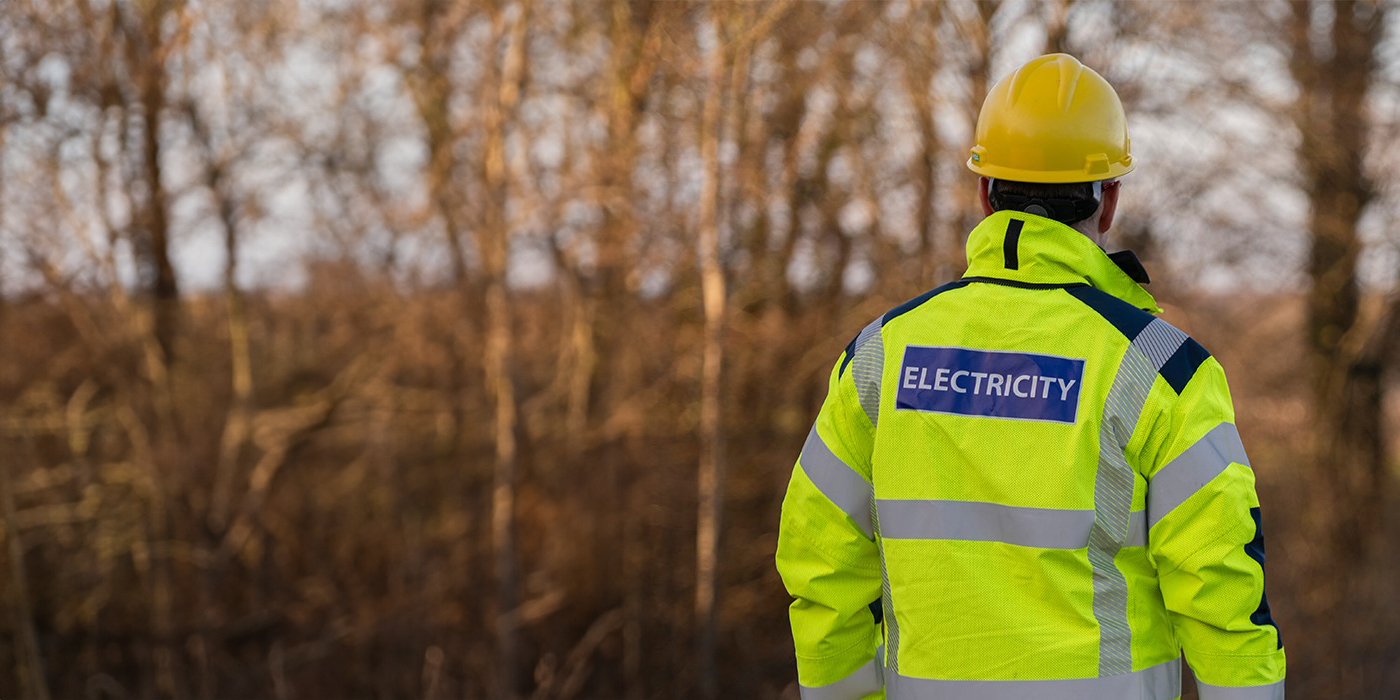Get in touch
Have a query?
- Email us at community@ssenworldham.co.uk
- Call us on 0800 377 7346.
Have a complaint?
- Email us at customercomplaints@ssen.co.uk
- Call us on 0800 980 1395.
Concerned about vulnerability in a power cut?
- Visit our Priority Services webpage.
- Call us on 0800 284 3259.
Project Update
Planning decision & next steps:
At present no decision on the planning application has been made. The decision to approve the project is anticipated to be made towards the end of 2025. Building of the substation has not commenced.
Ongoing work and commitments:
In the meantime, we continue to work closely with the Local Planning Authority (LPA) and have provided responses to all queries and requests from planning stakeholders as part of the ongoing review process. We remain fully committed to engaging constructively with relevant parties and addressing the key themes and concerns that have been raised.
We will provide an update as soon as a decision is reached.
In the interim, you can access all related project documents and public comments via the East Hampshire Planning Portal. To find out more about the project, please review our information boards and Frequently Asked Questions (FAQs) in the sections below. Alternatively, you can contact us by email or phone using the details provided on the left of this page.
Last Updated: October 2025
We are planning to invest £35M to boost the electricity network in the local area.
We’ve submitted a planning application to build a new substation, which we’ll connect 4.6km of new underground cables to. Our substation will be accessed via a new access road off Blanket Street in East Worldham.
Our new underground cables will replace some existing overhead lines. This cable work is considered permitted development, which means they are not part of this planning application. Download our design of the substation to see what we are proposing.
Our planning application is available on the East Hampshire District Council Planning Portal. If granted, it would allow the underground cables to be connected, from new and existing overhead powerlines to a new electricity substation along three separate routes. A planning decision is expected later this year; with the project completing by October 2028 at the earliest.
Read our FAQs below for details on the cable routes.
The project would provide visual improvement to the local landscape
This project will not only enhance network resilience, ensuring reliable electricity supply for years to come, but also support local economic growth by meeting the energy demands of homes and businesses in the region. The project will also enhance the landscape by removing approximately 4km of overhead lines and 18 pylons from the landscape.
Download our map below to see where the overhead lines would be removed. Removing this section of overhead lines will also reduce the number of access requests made to landowners, for future maintenance works.
Why are these works being proposed?
We need to upgrade our network to meet increased demand from new homes around Alton. Our new substation will provide an energy “buffer” for Fernhurst – reducing the impact of any outages in our wider network and mean we can connect new low-carbon energy technologies – like solar panels and battery storage – to our network.
Our project will:
- provide a more resilient power supply during adverse weather
- remove approximately 4 kilometres of overhead lines and 14 pylons from view
- create additional capacity so we can connect solar generation, electric vehicle chargers, and heat pumps to our network
- reduce access requests to landowners for maintenance
We have the environment in mind
The works are futureproofing and strengthening your area’s power supply to cope with severe weather events. It will also help support greater uptake of low carbon technologies.
Discover more on our Smarter Electricity page.
Ecology and Biodiversity
We are committed to protecting and improving our natural environment. This includes biodiversity net gain (BNG) in line with planning requirements.
We have carried out extensive surveys along our cabling route and substation site to understand the impact we might have and identify the work we need to do to deliver our BNG commitments.
We will make sure all our teams are aware of any protected habitats and species and the mitigations we’ve put in place. For example, we’ll avoid removing vegetation used by nesting birds between March and August.
We will also work with ecologists to carry out fingertip searches for dormice before we clear any vegetation and only use hand tools to minimise disturbance.
